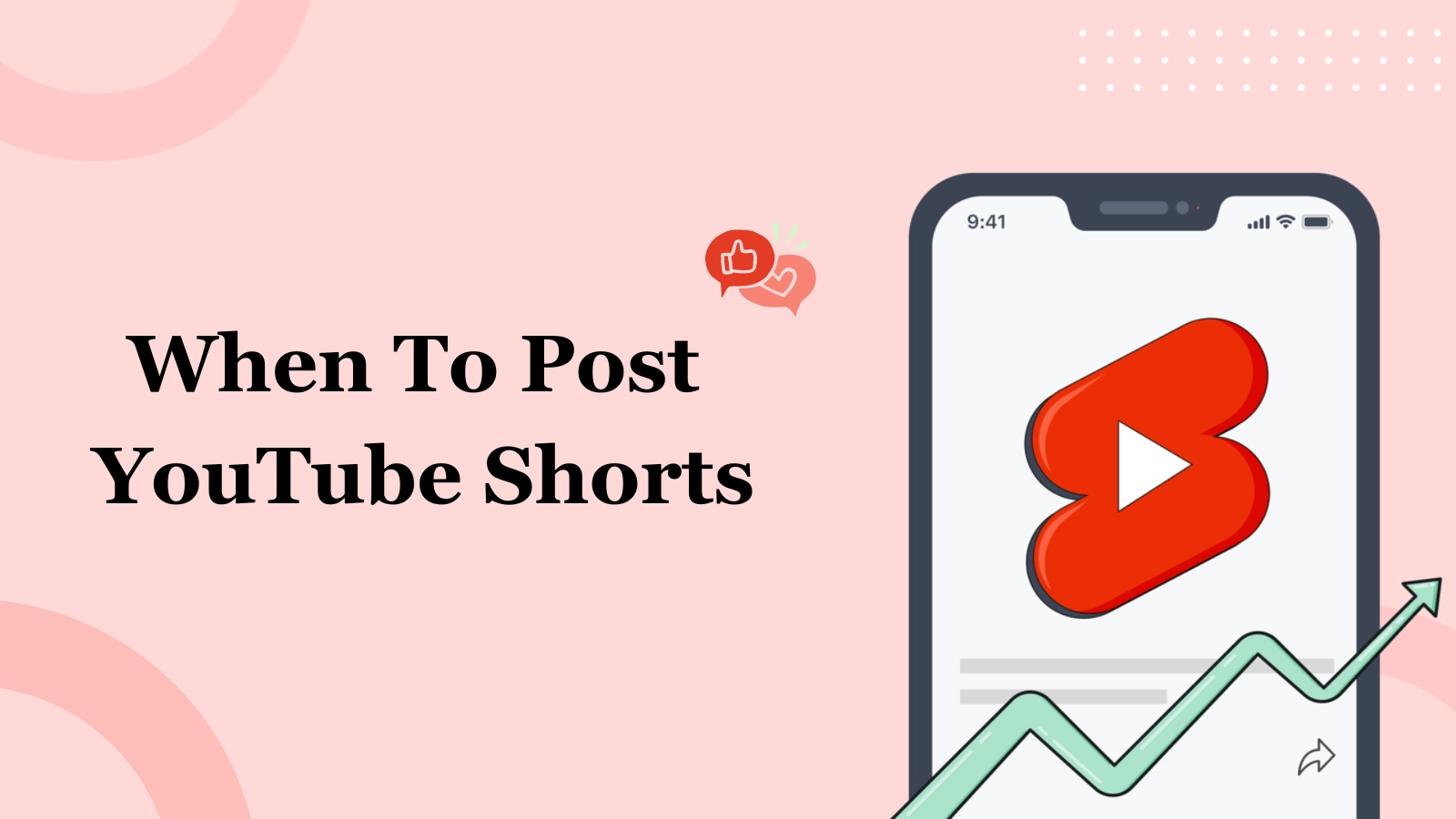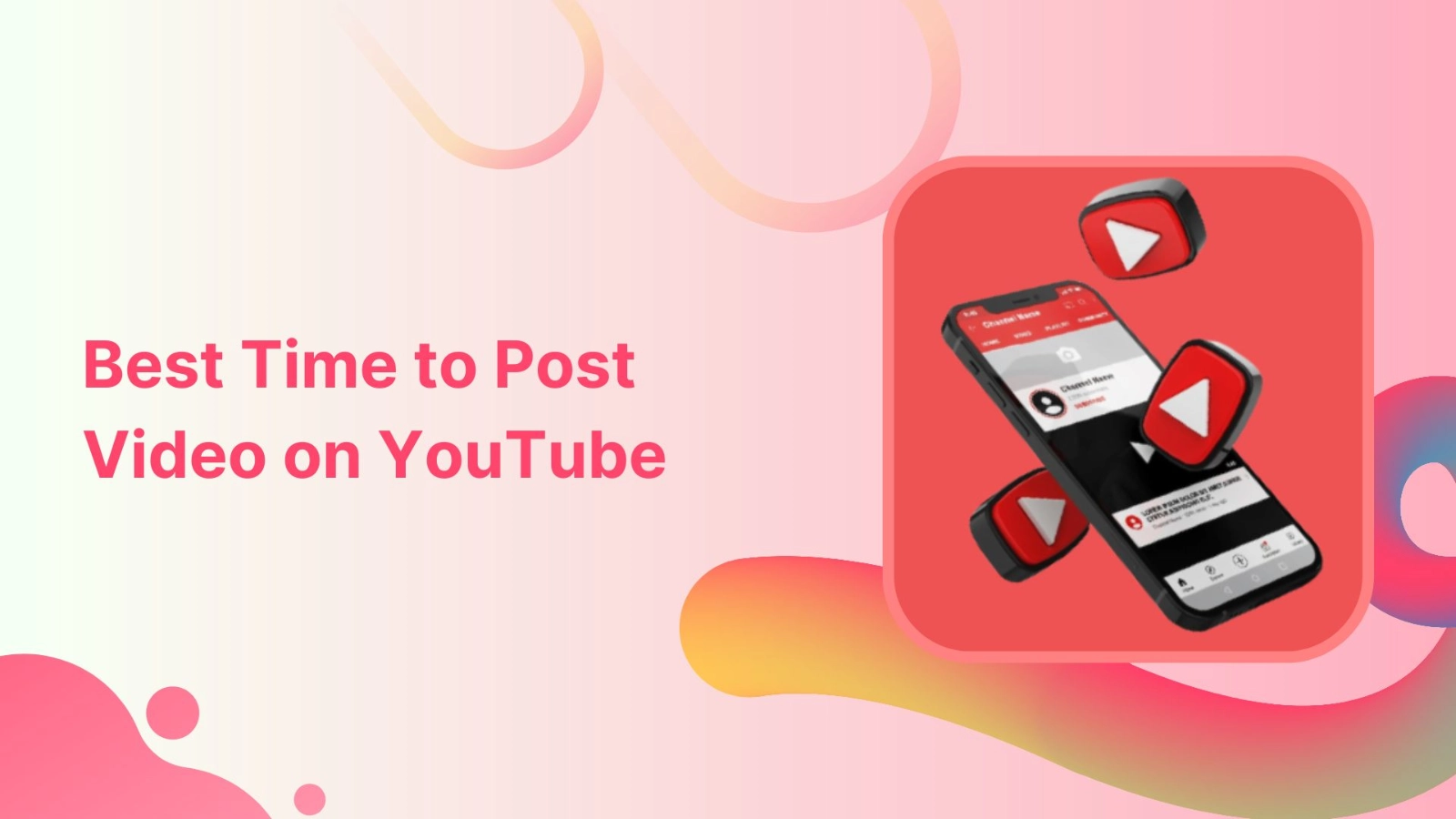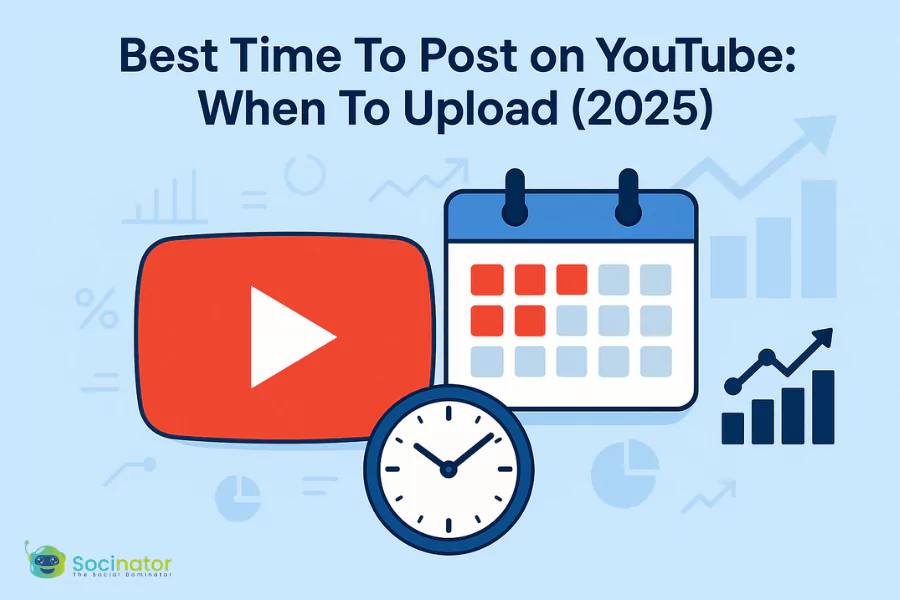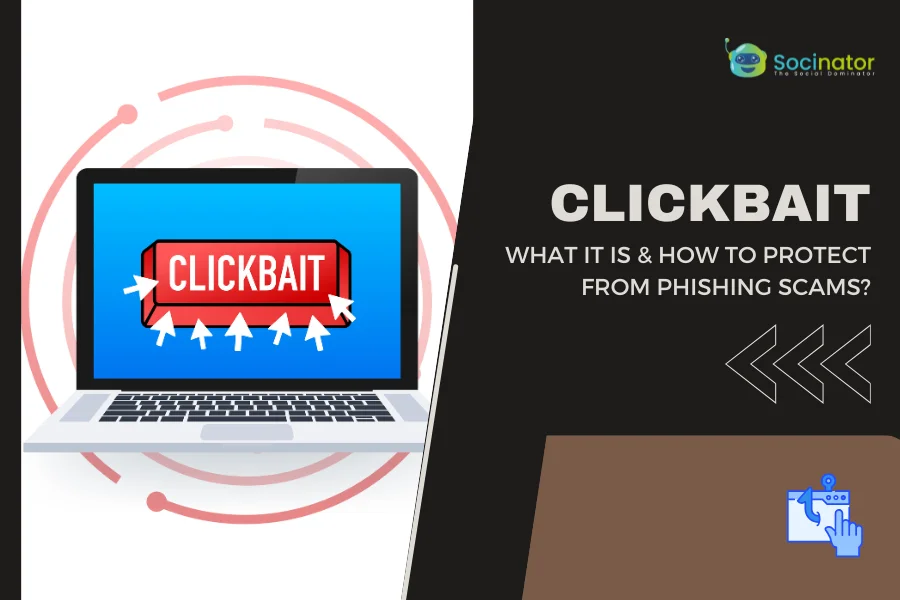These days, people are talking a lot about two kinds of videos: YouTube Shorts vs videos. You might have seen both on your favorite channels, but what’s the big difference? Let’s break it down. Which one is better? It’s like a marketing showdown, comparing the quick and catchy Shorts to the detailed traditional Videos.
We are here to help you understand the differences between the short and snappy YouTube Shorts and the longer, more detailed traditional Videos. It’s not just about a quick fix; it’s about creating content that connects with your audience and keeps them interested.
In this blog post, we’ll understand the unique styles, tones, and themes of Shorts and Videos. Whether you’re experienced in marketing or just starting, we’re here to help you understand your options. Let’s figure out which type of content works best for your brand and help you stand out on YouTube. Let’s start with the basics.
Hit ‘Play’ Button & Tune Into The Blog!
What Is The Difference Between Youtube Shorts Vs Videos?
YouTube Shorts and traditional videos are two distinct formats on the YouTube platform, each with its own characteristics and purposes. Let’s break down the key differences between YouTube Shorts and Videos.
Duration:
Many creators often ask: how long are YouTube shorts? Well, here is the answer. YouTube Shorts are short-form videos, typically lasting up to 60 seconds. Marketers create quick and engaging content that captures viewers’ attention rapidly. Whereas traditional YouTube videos can vary in length, ranging from a few seconds to several hours. They allow for more in-depth and detailed content.
Format:
Shorts get created in vertical viewing, optimized for mobile devices. They often use catchy music, quick transitions, and a fast-paced editing style. Traditional videos can be in both horizontal and vertical formats. Creators have more flexibility in editing styles, including long-form storytelling, tutorials, and vlogs.
Discoverability:
Understanding the discoverability of YouTube shorts vs videos is crucial. YouTube Shorts appear in a dedicated Shorts player on the YouTube app. You can find them on the Shorts shelf on the homepage, and it also appears on your home screen as suggestions. Traditional videos appear in the regular YouTube feed, search results, and subscriptions. It follows the standard YouTube algorithm.
Audience Engagement:
Due to the short duration of YouTube shorts, it gets designed quickly and captivate audiences. They often rely on trends, challenges, and visually stimulating content to encourage likes, comments, and shares.
Whereas, traditional videos provide an opportunity for more in-depth storytelling, fostering deeper connections with viewers. Engagement may come from a combination of narrative, information, and entertainment.
Monetization:
Monetization is the game changer in the YouTube industry. Many people think about which one is better in the battle of YouTube shorts Vs Videos.
Shorts are included in the YouTube Partner Program, allowing creators to monetize through ads, channel memberships, and Super Chat.
Videos also fall under the YouTube Partner Program, enabling creators to monetize through various channels, including ad revenue and sponsorships.
Production Time:
A shorter duration often means a quicker production cycle, making it easier for creators to generate frequent content. Longer videos generally require more planning, scripting, and editing, potentially resulting in a more time-consuming production process.
In summary, the choice between YouTube Shorts and videos depends on your content goals, audience preferences, and the type of engagement you want to foster.
When To Post YouTube Shorts For Optimal Results?
 Determining the optimal times to post YouTube Shorts Vs Videos depends on various factors, including your target audience, geographic location, and content niche. However, here are some general considerations to help you decide when to schedule your uploads.
Determining the optimal times to post YouTube Shorts Vs Videos depends on various factors, including your target audience, geographic location, and content niche. However, here are some general considerations to help you decide when to schedule your uploads.
These considerations can also work as YouTube shorts tips for maximum results.
Peak Mobile Usage
When: Consider posting Shorts during peak mobile usage times, such as lunch breaks, commuting hours, and evenings. One such ideal time to post could be 12 p.m. to 3 p.m. during the day and 7 p.m. to 10 p.m.
Why: Shorts are designed for quick, on-the-go consumption, making them ideal for times when people are using their mobile devices.
Trend Relevance:
When: Upload Shorts when trends and challenges are at their peak popularity.
Why: Leveraging trending topics can increase the visibility of your Shorts, reaching a wider audience.
Frequent Uploads:
When: While experimenting with YouTube shorts vs videos, post Shorts more frequently, even multiple times a day. Maintain the habit of posting the content regularly. Many creators assume that the best day to post YouTube shorts is during the weekdays. Among the weekdays Monday and Tuesday have shown the most fruitful results.
Why: The nature of Shorts encourages regular uploads, helping to keep your content fresh and engage your audience.
When To Post YouTube Videos For Superior Results?
 The following are the listed points that you can look up to for finding answer to the best time to post YouTube videos.
The following are the listed points that you can look up to for finding answer to the best time to post YouTube videos.
Weekday Evenings:
When: Consider posting traditional videos on weekdays during the evening. The best time to post a long YouTube video is during the evening between 6p.m to 9p.m
Why: Many viewers are active during the evenings after work or school, providing a potential peak in viewership.
Weekend Mornings:
When: Upload videos during weekend mornings. When looking for a morning time to post your traditional video is between 12p.m to 3p.m
Why: Viewers may have more leisure time in the mornings on weekends, allowing for longer engagement with your content.
Consistent Schedule:
When: Establish a consistent posting schedule for videos.
Why: Regular uploads on specific days and times help build anticipation among your audience and improve your channel’s visibility.
Ultimately, it’s crucial to monitor the performance of your content and adjust your posting schedule based on the insights you gather over time. Each channel and audience are unique, so refining your approach of YouTube shorts vs videos based on your specific analytics will help optimize your posting strategy for success. You can also use YouTube automation Software like Socinator to maintain your consistent online presence.
Socinator- Social Media Marketing & Automation Tool
 Socinator is a social media automation tool that supports various platforms, including YouTube. While it can assist in managing and growing your presence on YouTube, it’s essential to note that the features and capabilities of Socinator or any other tool may change over time. For more information, we recommend you to check the official Socinator website.
Socinator is a social media automation tool that supports various platforms, including YouTube. While it can assist in managing and growing your presence on YouTube, it’s essential to note that the features and capabilities of Socinator or any other tool may change over time. For more information, we recommend you to check the official Socinator website.
Here are ways in which a social media automation tool like Socinator could potentially assist with YouTube Shorts and Videos:
Automation of Posting:
Socinator allows you to schedule and automate the posting of Youtube short vs videos. It can help you maintain a consistent uploading schedule without manual intervention.
Engagement Automation:
It also offers features to automate engagement activities like commenting, liking, and sharing videos. It is beneficial for boosting interaction and visibility for both Short and traditional videos.
Analytics and Reporting:
The tool provides analytics and reporting features, allowing you to track the performance of your YouTube content. You can monitor metrics like views, likes, comments, and subscriber growth for Short and longer videos.
Audience Targeting:
Socinator assists in audience targeting, helping you engage with a specific demographic or audience segment for YouTube Shorts vs videos.
It’s crucial to use any social media automation tool, including Socinator, in compliance with YouTube’s terms of service. Use automation tools responsibly, and their features should align with the guidelines provided by the respective social media platforms.
Read More
How To Find The Best Time To Post YouTube Shorts
What Is The Best Time To Post On YouTube? (2023 Update)
The Ultimate Revelation Of YouTube Shorts
Considerations for Monetization
The following are the essential factors that play pivotal roles in monetizing your video.
Content Quality and Compliance:
YouTube shorts and Videos need to adhere to YouTube’s content policies and community guidelines. High-quality, original content performs better and is more attractive to advertisers.
Audience Engagement:
Building a loyal and engaged audience is crucial for the monetization success of YouTube shorts vs videos. Higher engagement often leads to more views, watch time, and potential revenue.
Promotion and Marketing:
Actively promote your content through social media, collaborations, and other marketing efforts to increase visibility and attract a larger audience.
Diversification:
Consider diversifying your monetization strategies. Combining ad revenue with channel memberships, merchandise sales, and affiliate marketing can create a more stable income stream.
Whether creating Shorts or traditional Videos, it’s essential to create valuable and engaging content that resonates with your audience. Meeting the eligibility criteria for various monetization features and consistently delivering high-quality content are core factors in maximizing your earnings on the platform.
YouTube Shorts vs Videos: Conclusion
So, after exploring YouTube Shorts vs Videos, it’s clear that there’s no perfect winner. It all depends on what your audience likes.
YouTube Shorts is like a quick snack. It’s short, grabs attention fast, and is great for trends and quick uploads. It’s perfect for people who love watching videos on their phones.
Whereas, traditional Videos are like a full meal. They give you more details, different types of content, and better analytics. You can make money in more ways with them too.
So, what’s best? Well, it depends on what your viewers choose and what you enjoy making. Maybe a mix of Shorts and Videos is the secret recipe for your channel’s success.
In the world of YouTube, things keep changing. You should try new strategies to keep up with trends and adapt. So, whether you’re making a quick Short or a detailed Video, always make sure it’s something your audience will enjoy.






